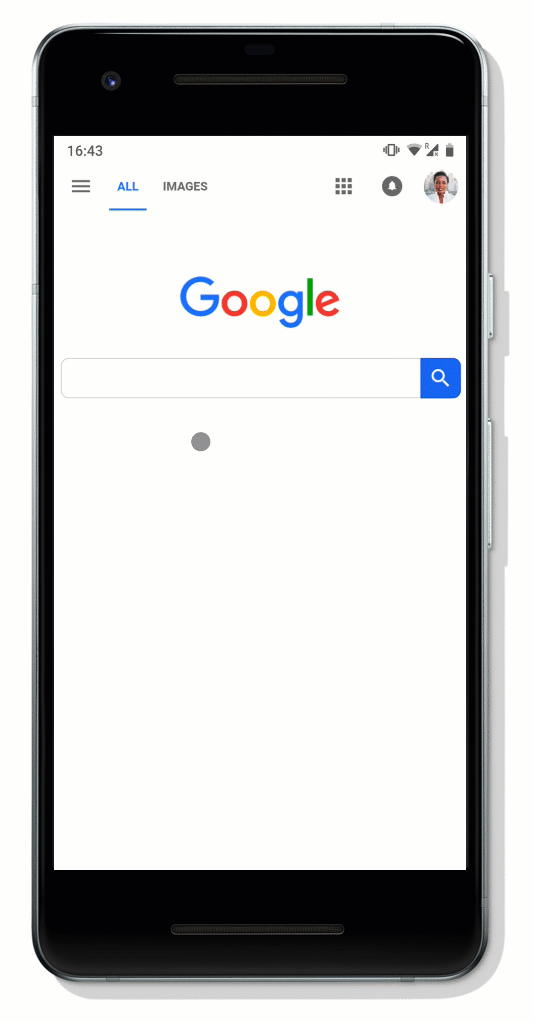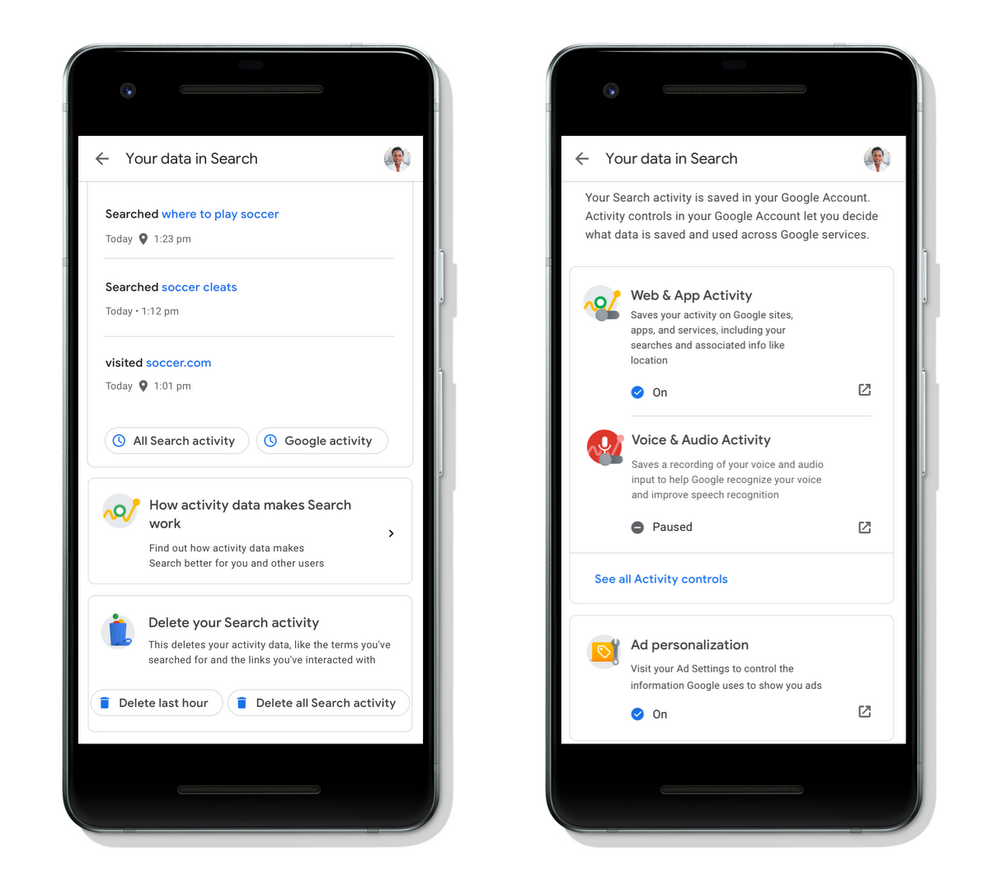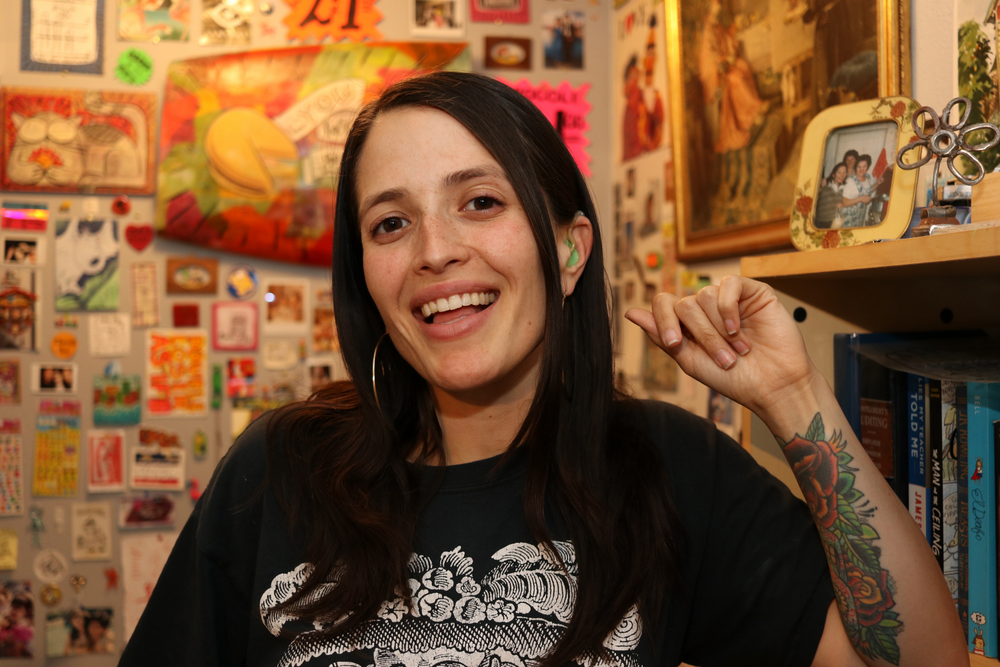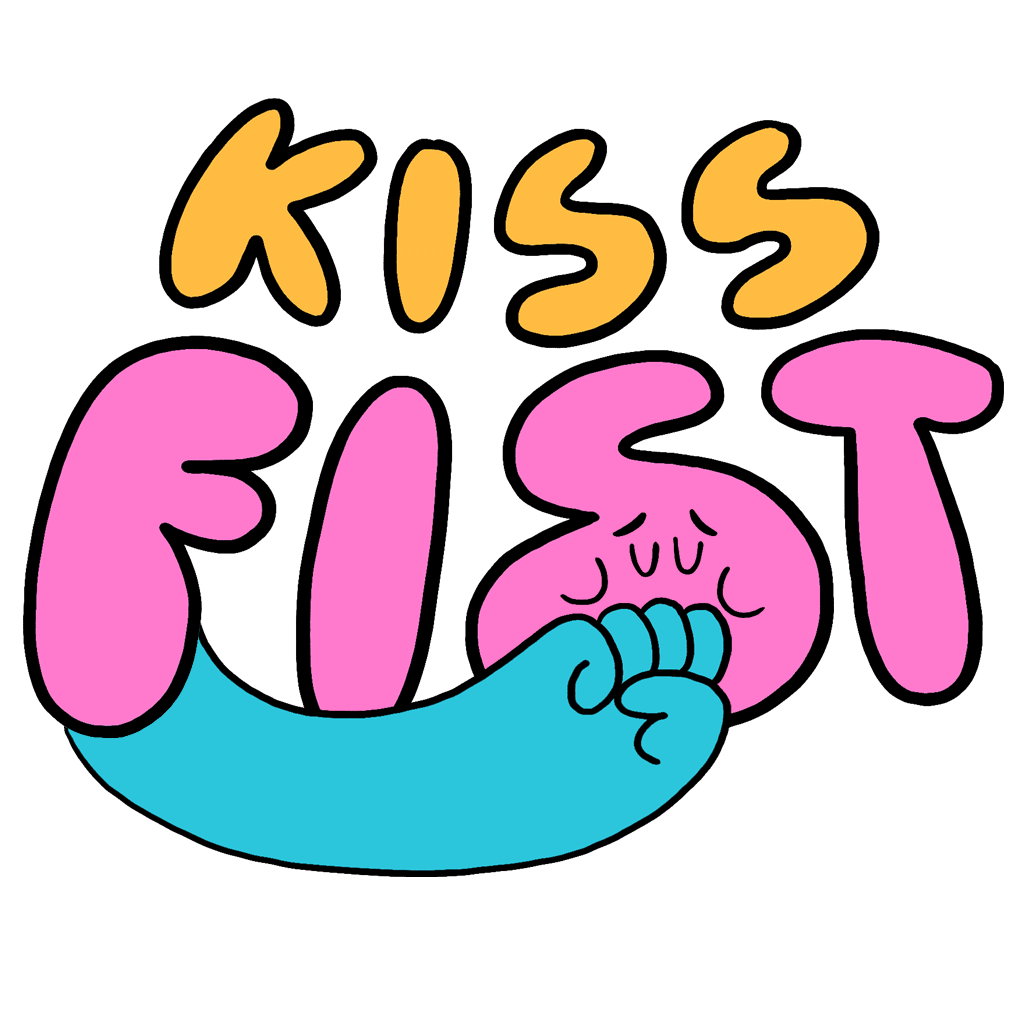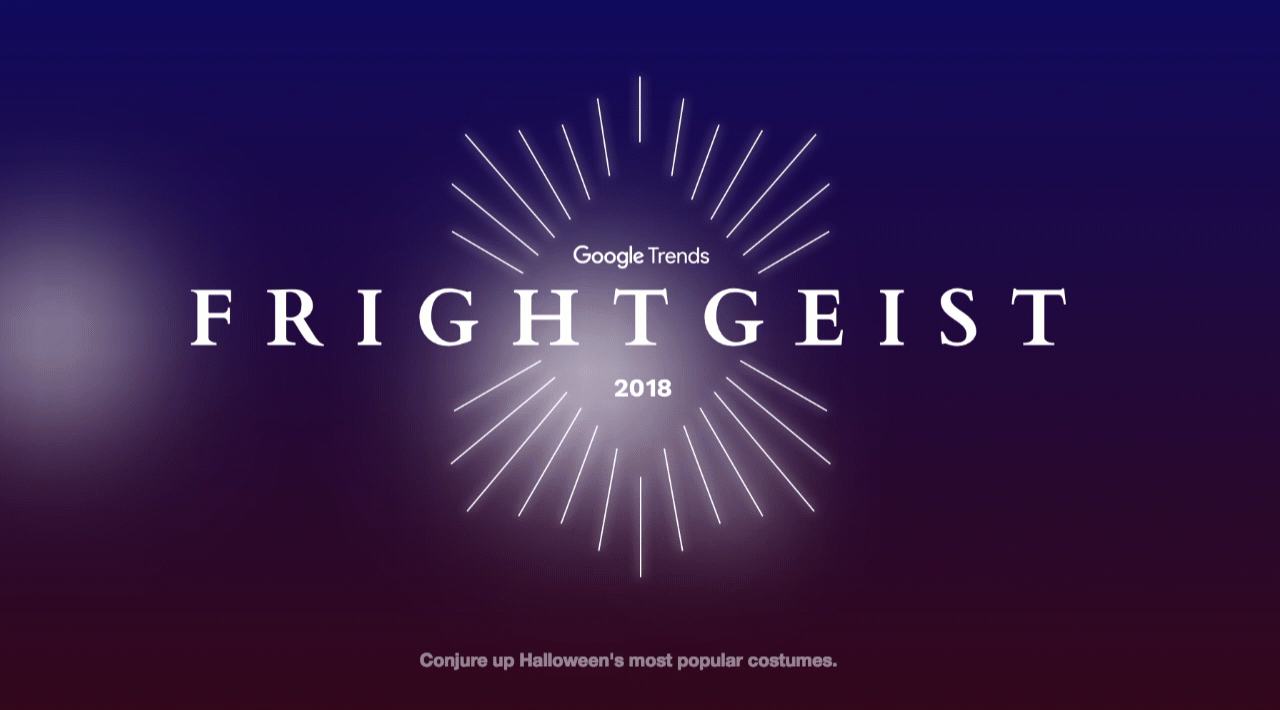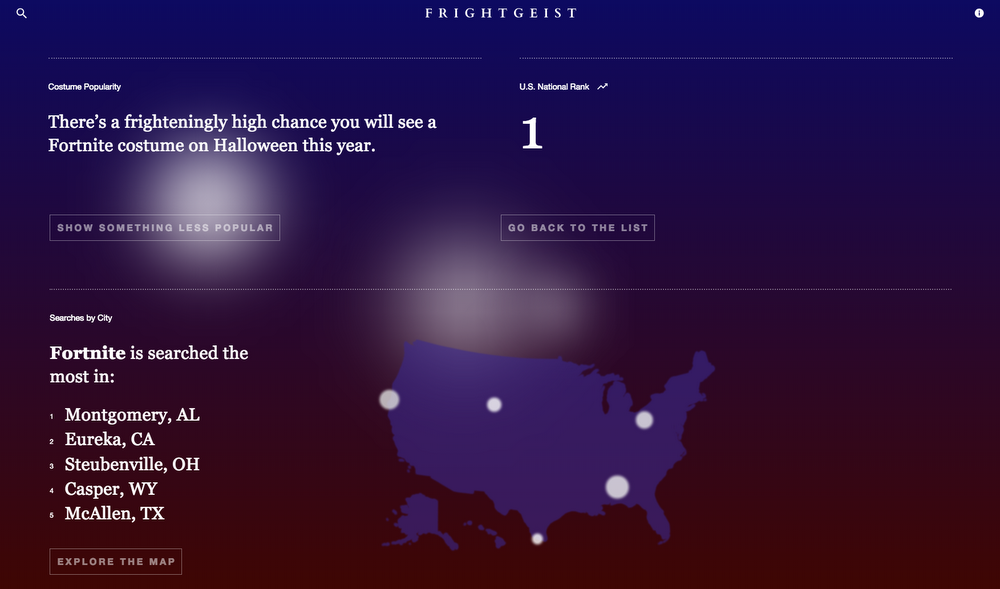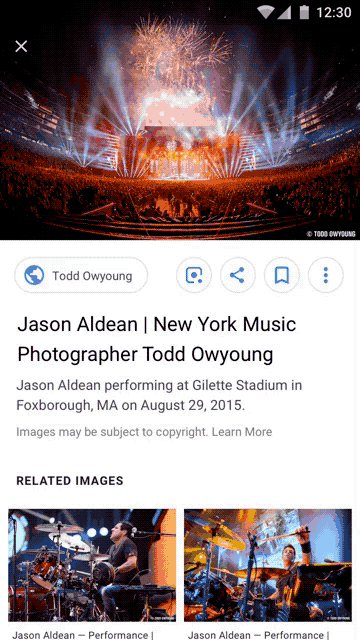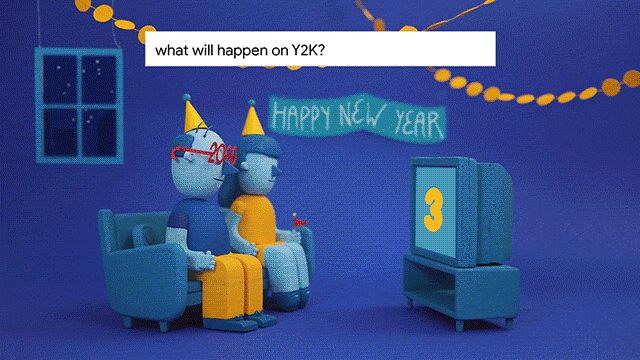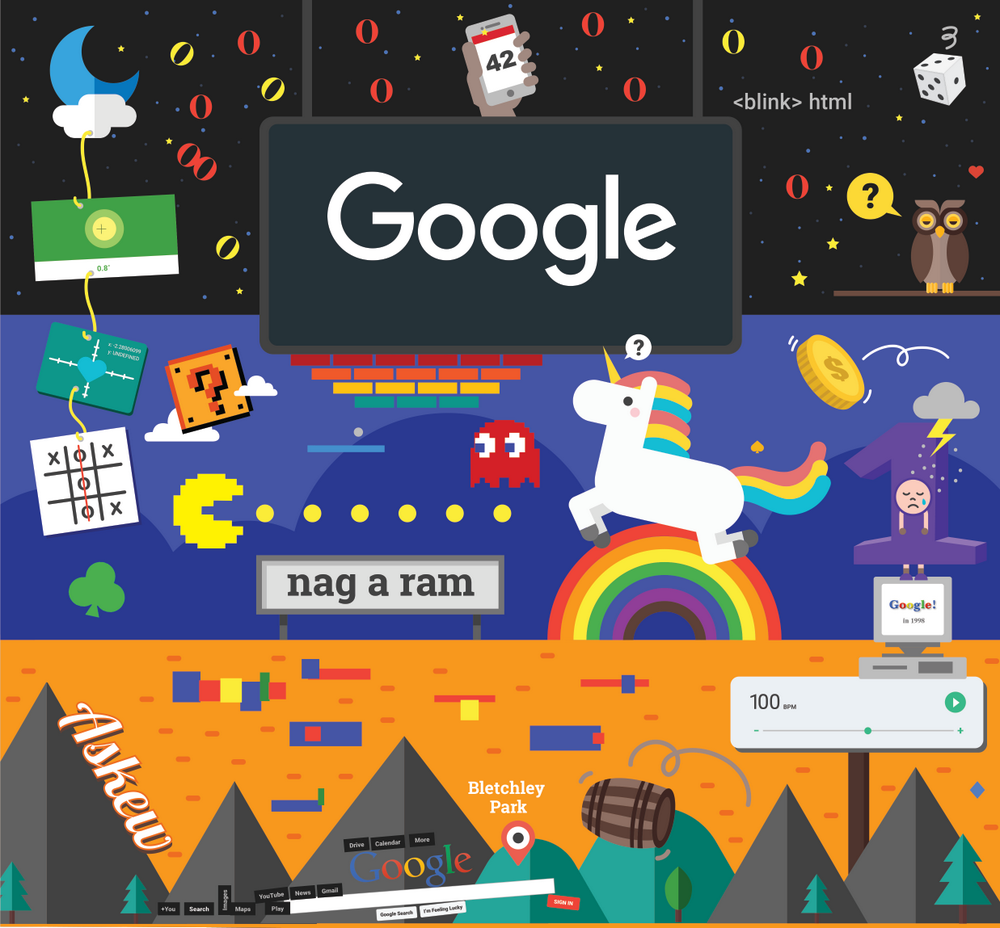The internet has enabled people worldwide to connect, create and distribute new works of art like never before. A key part of preserving this creative economy is ensuring creators and artists have a way to share and make money from their content—and preventing the flow of money to those who seek to pirate that content. Today, we're releasing our latest update on those efforts..
Our 2018 "How Google Fights Piracy" report explains the programs, policies, and technology we put in place to combat piracy online and ensure continued opportunities for creators around the world.
We invest significantly in the technology, tools and resources that prevent copyright infringement on our platforms. We also work with others across the industry on efforts to combat piracy. These efforts appear to be having an effect: around the world, online piracy has been decreasing, while spending on legitimate content is rising across content categories.
Here are a few of our findings from this year's Piracy report:
- $3 billion+:The amount YouTube has paid to rights holders who have monetized use of their content in other videos through Content ID, our industry-leading rights management tool.
- $100 million+: The amount we’ve invested in building Content ID, including staffing and computing resources.
- $1.8 billion+:The amount YouTube paid to the music industry from October 2017 to September 2018 in advertising revenue alone
- 3 billion+:The number of URLs that were removed from Search for infringing copyright since launching a submission tool for copyright owners and their agents.
- 10 million+:The number of ads that were disapproved by Google in 2017 that were suspected of copyright infringement or that linked to infringing sites.
As we continue our work in the years ahead, five principles guide our substantial investments in fighting piracy:
Create more and better legitimate alternatives: Piracy often arises when it's difficult for consumers to access legitimate content. By developing products that make it easy for users to access legitimate content, like Google Play Music and YouTube, Google helps drive revenue for creative industries and give consumers choice.
Follow the money: As the vast majority of sites dedicated to online piracy are doing so to make money, one way to combat them is to cut off their supply. We prevent actors that engage in copyright infringement from using our ads and monetization systems and we enforce these policies rigorously.
Be efficient, effective, and scalable: We strive to implement anti-piracy solutions that work at scale. For example, as early as 2010, we began making substantial investments in streamlining the copyright removal process for search results. As a result, these improved procedures allow us to process copyright removal requests for search results at the rate of millions per week.
Guard against abuse: Some actors will make false copyright infringement claims in order to have content they don't want online taken down. We’re committed to detecting and rejecting bogus infringement allegations, such as removals for political or competitive reasons.
Provide transparency: We’re committed to providing transparency. In our Transparency Report, we disclose the number of requests we receive from copyright owners and governments to remove information from our services.
Today, our services are generating more revenue for creators and rights holders, connecting more people with the content they love, and doing more to fight back against online piracy than ever before. We’re proud of the progress this report represents. Through continued innovation and partnership, we’re committed to curtailing infringement by bad actors while empowering the creative communities who make many of the things we love about the internet today.
